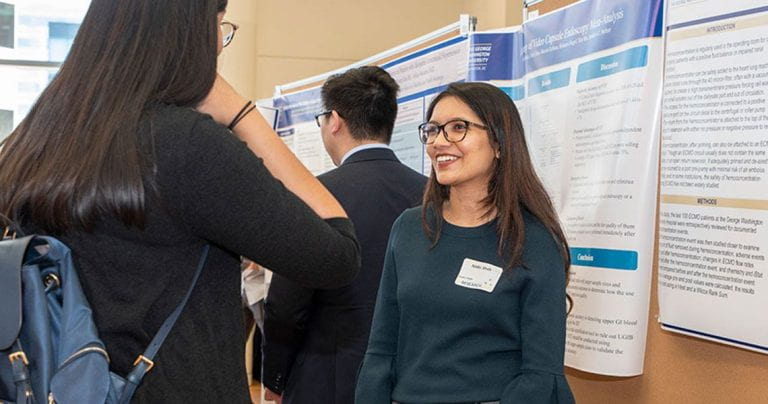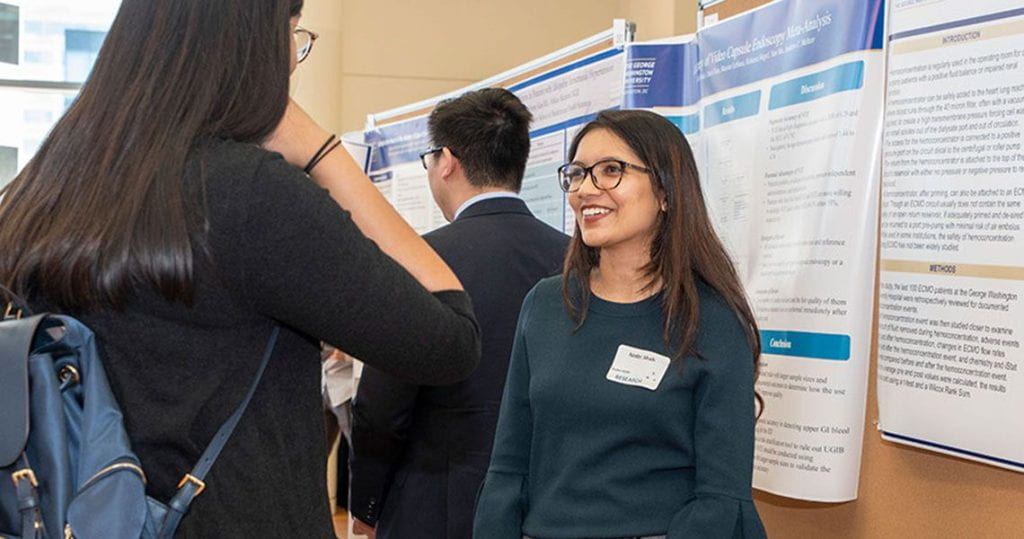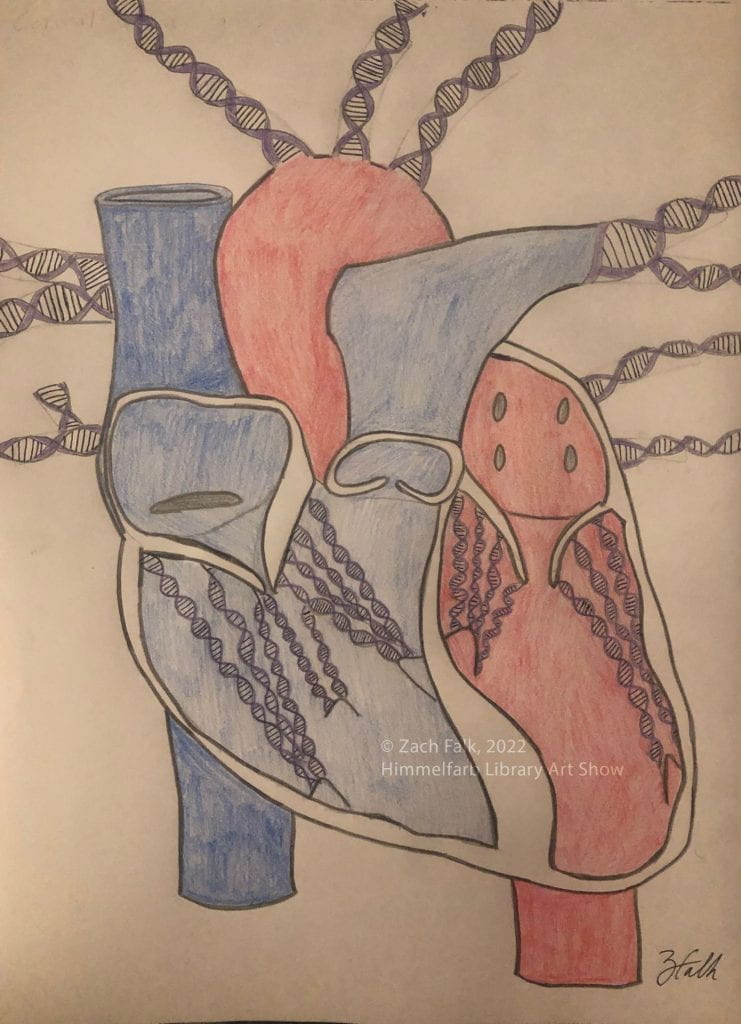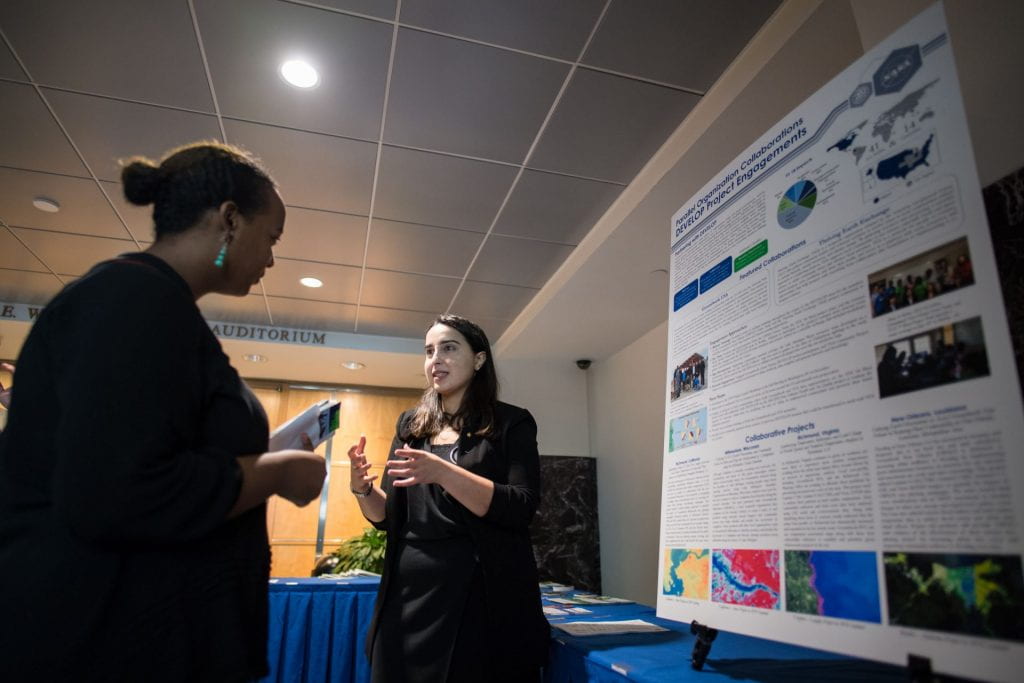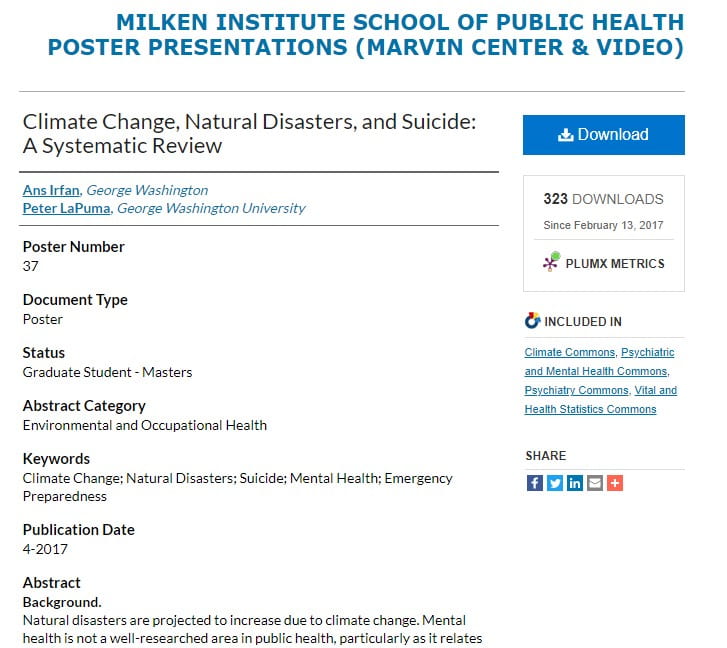
We live in an age of an ever-increasing amount of research. And while this has obvious benefits, it poses a serious challenge to practitioners who want to stay abreast of their field. Tools that reduce the noise - therefore - are most useful at this moment.
The “What You May Have Missed” series from The Annals of Internal Medicine (in collaboration with McMaster University) is one such tool.
Launched in April 2024, the series curates groundbreaking articles meant to keep researchers current, especially for internal medicine physicians who must be familiar with a broad range of medical knowledge.
The series began as a prototype in 2022 to foreground material that had been submerged in the rush to understand Covid-19. Divided into eight disciplines like cardiology and oncology, their team selects and summarizes articles curated from 120 journals, helping researchers identify salient features to zoom in on. Check out their main page, which explains the rationale behind the project and explanation of the selection process.
The series takes a frank tone, answering “Why should internal medicine physicians know about this article?” They recognize the value of attention, in other words, and select articles with this knowledge in mind. For example, in the Critical Care section, the team selected the article: “The institutional switch to small-volume blood collection tubes in the ICU may decrease RBC transfusions without affecting laboratory results” and summarized it this way:
Why should internal medicine physicians know about this article?
Frailty can negatively affect the prognosis of adults aged 70 or older who present with non–ST-segment elevation myocardial infarction (NSTEMI). However, many guidelines do not differentiate between the recommendations for management of NSTEMI in older adults versus younger adults with respect to the utility of an invasive management strategy. Even though some evidence in the past has suggested that invasive strategies are more effective for older adults when compared with conservative measures, these studies have not been randomized and frailty was not assessed (1).
For those seeking the freshest information, the Annals of Internal Medicine also features the ACP Journal club, which similarly highlights and summarizes ten articles a month.
Both are fantastic resources to help reduce paralysis of choice and keep you up to date with the most current research!
References:
Iorio, A., & Laine, C. (2024). What You May Have Missed in 2023: Keeping Up With the Constant Flow of New Medical Evidence. Annals of Internal Medicine, 177(5). https://doi.org/10.7326/M24-0832


